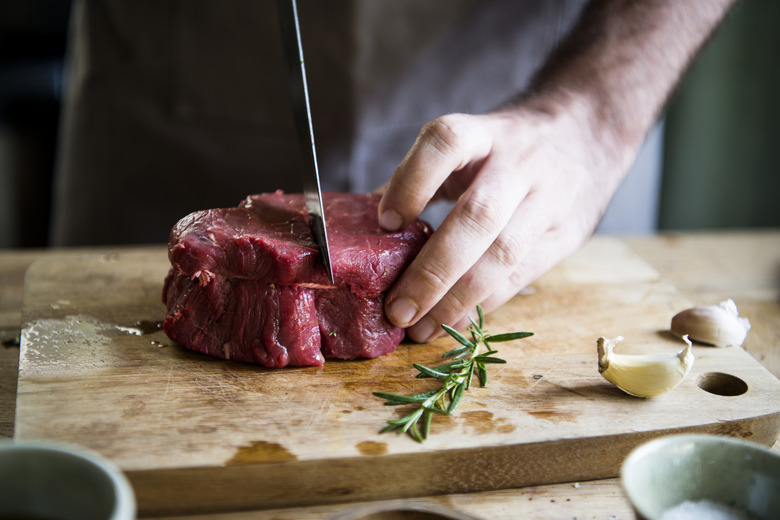Your Cutting Board Could Be Making You Sick
Of all the things in the kitchen that could be contaminated, your cutting board probably isn't the first to come to mind. After all, you wash it after you use it! And it's a flat surface — so wouldn't you see any food that stuck behind? But if you don't know what you're doing, your cutting board could be exposing you and your family to harmful bacteria.
Tips for Avoiding Food Poisoning
There are a few ways this could happen. The first is simple: You cut raw meat on the same surface as other foods without washing the cutting board thoroughly between each use. Raw meat carries germs that can cause food poisoning. You're making sure to cook the meat thoroughly enough to kill the bacteria after you cut it — but what about the other items you chop up? This can also be avoided by having separate dedicated cutting boards for raw meat and for other ingredients.
Additionally, cutting boards get worn out and used over time. When you use sharp knives to cut your food, they also cut tiny grooves in the wood or plastic you use. According to the U.S. Food Safety and Inspection Service, it's important to discard your cutting board before it gets too worn. These crevices in the surface can trap foodborne bacteria and become much harder to effectively clean. The result? You may increase your exposure to pathogens such as E. coli, salmonella, and other bacteria that cause food poisoning.
There are ways to clean your cutting board to reduce the risk of exposure. For instance, you could use bleach to sanitize the surface after each use. Soaking the cutting board in a bleach solution will give you a more thorough clean than simply using soap and a sponge.
Your cutting board isn't the only household item that could put you at risk. Aside from not replacing your cutting board, here are other common household mistakes that could be making you sick.
